Python Variables&Data Types
Python variables and data types are fundamental concepts that form the backbone of programming in Python. A variable acts as a symbolic name for a value stored in memory, allowing developers to reference and manipulate data easily. Python supports various data types, including integers, floats, strings, lists, tuples, dictionaries, and sets, each serving different purposes. Understanding how to declare variables and utilize different data types is essential for effective coding, as it enables the execution of various operations and functions without errors. This knowledge is crucial for both beginners and experienced programmers alike, facilitating efficient data handling and manipulation in Python applications.
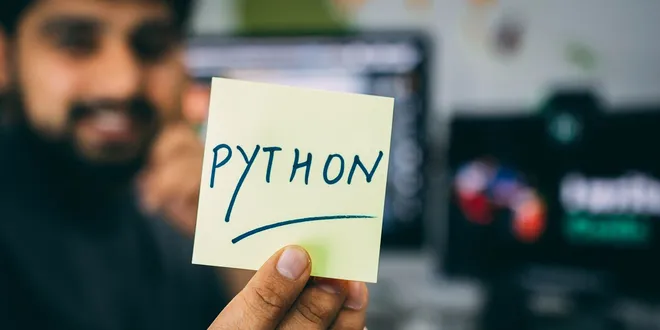
DataTypes and Variables in Python
Understanding the building block of Python programming Photo by Hitesh Choudhary on Unsplash Hello guys! In this article, we will be talking about the several data types and variables that can be use...
📚 Read more at Python in Plain English🔎 Find similar documents
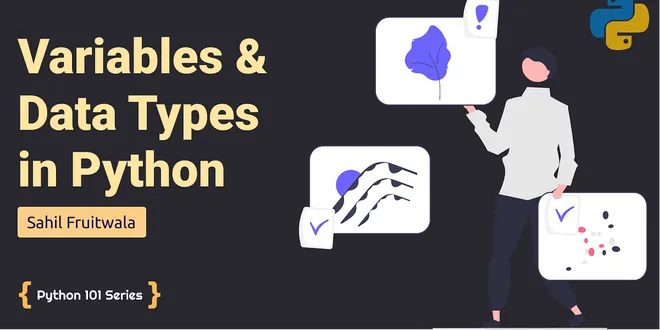
Variables and Data Types in Python
Learn everything there is to know about variables and data types available in python and how you can use them in day-to-day development.
📚 Read more at Level Up Coding🔎 Find similar documents

Python Data Types
To store data in Python, you need some variable, and every variable has its type depending on the value of the data stored. Python has dynamic typing, which means you don’t have to explicitly declare ...
📚 Read more at Renan Moura – Software Engineering🔎 Find similar documents
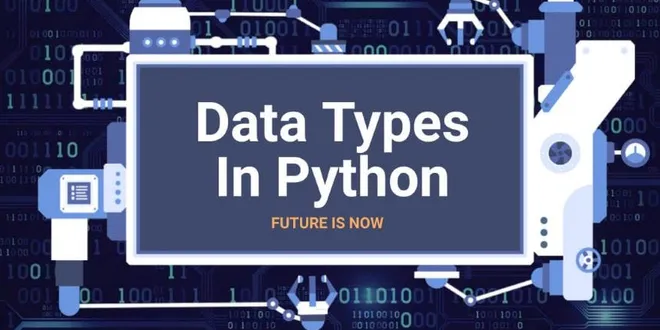
Data Types in Python: A Practical Guide
Every language has its own predefined data types. The data types in python are the explicit type of values that can be stored in the variable of the program. Hence, the data of the program can be…
📚 Read more at Python in Plain English🔎 Find similar documents

Python Tutorial 3 — Python Syntax Basics: Variables, Data Types
Table of Contents 1. Introduction 2. What are Variables? 3. How to Declare Variables in Python? 4. What are Data Types? 5. How to Use Different Data Types in Python? 6. Conclusion Subscribe for FREE t...
📚 Read more at Python in Plain English🔎 Find similar documents
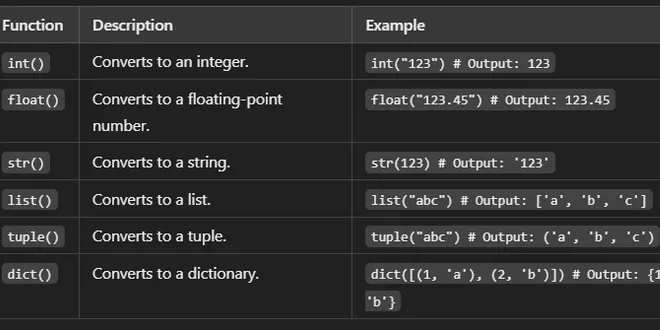
Python Fundamentals
1. Python Basics 1.1 Variables and Data Types Variables store data, and data types define the kind of data a variable can hold. The key data types in Python are: Integers ( int ): Whole numbers. Float...
📚 Read more at The Pythoneers🔎 Find similar documents
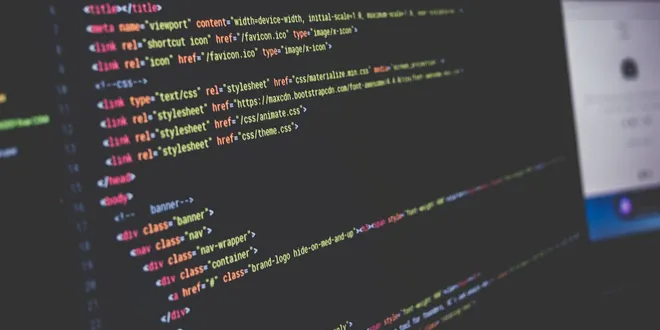
An Introduction to Python Variables and Data Types
Python for Beginners Series — Part 4: Variables and data types in Python. Continue reading on Python in Plain English
📚 Read more at Python in Plain English🔎 Find similar documents

Python Data Types
Data types are the classification or categorization of data items. It represents the kind of value that tells what operations can be performed on a particular data. Every value in python has a data…
📚 Read more at Analytics Vidhya🔎 Find similar documents
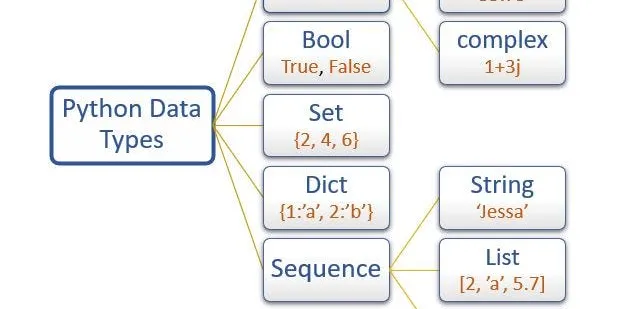
Data Types in Python: A Comprehensive Overview
In Python, there are several built-in data types that are used to represent different types of information. Here are some of the most common ones: Integer: An integer is a whole number, positive or ne...
📚 Read more at Python in Plain English🔎 Find similar documents
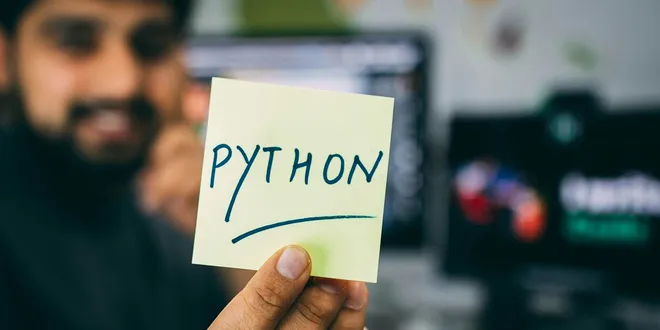
Basic Operators, Variables, and Data Types in Python: A Beginner's Guide
Python. A Programming language, known for its simple and readable syntax. Whether you’re diving into web development, data science, or machine learning, Python is a versatile language that can be you...
📚 Read more at Python in Plain English🔎 Find similar documents

Python Basics: Data Types
PYTHON BASICS Working with data in Python Photo by Gabriel Crismariu on Unsplash What is a Data Type? Every software program, ultimately, is just a tool for processing data: takes input, transforms i...
📚 Read more at Python in Plain English🔎 Find similar documents
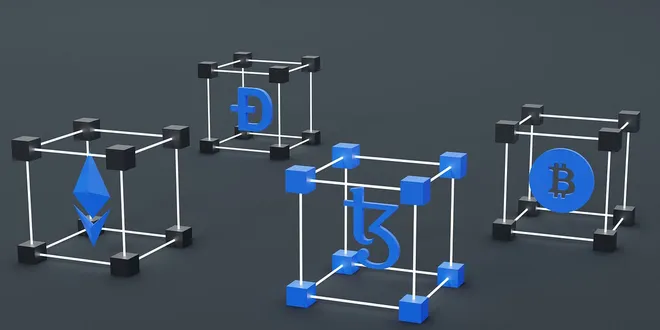
Python’s Built-in Data Types
Learn Python’s built-in data types, from numbers and strings to dictionaries. Photo by Shubham Dhage on Unsplash Introduction Python is a dynamically typed language, which means that the type of a va...
📚 Read more at Python in Plain English🔎 Find similar documents

